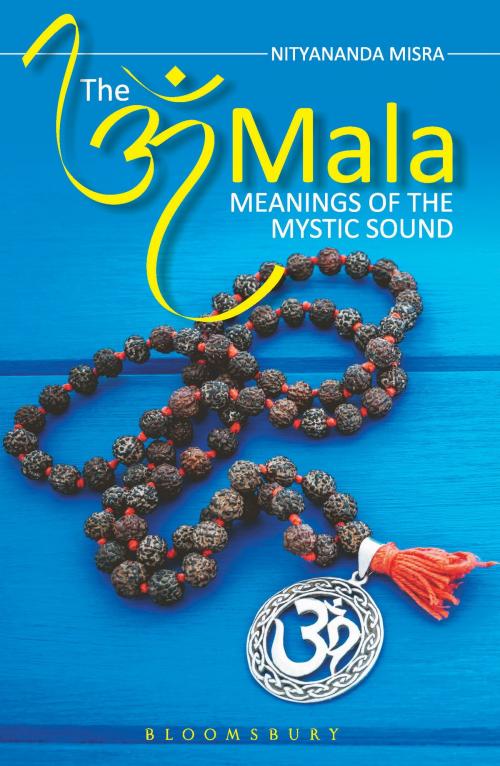The Om Mala
Meanings of the Mystic Sound
Kids, Religion, Fiction & Literature, Historical, Mystery & Suspense, Thrillers| Author: | Nityananda Misra | ISBN: | 9789387471856 |
| Publisher: | Bloomsbury Publishing | Publication: | July 25, 2018 |
| Imprint: | Bloomsbury India | Language: | English |
| Author: | Nityananda Misra |
| ISBN: | 9789387471856 |
| Publisher: | Bloomsbury Publishing |
| Publication: | July 25, 2018 |
| Imprint: | Bloomsbury India |
| Language: | English |
The OM Mala is a book (and a mala or a rosary) about just one word-OM. OM is one of the shortest Sanskrit words, and yet is perhaps the most powerful one, besides being a globally recognized mystic mantra.
The OM Mala gives 84 names of OM from Sanskrit texts and explains their meanings in 109 sections or beads: 108 chanting beads and one 'sumeru' bead. Each bead offers the meaning(s), explanation, traditions, etymology, and quotations for one or more names of OM. The book covers rare names of OM like 'shrutipada' and 'rasa' as well as common names like 'om', 'udgitha', and 'pranava'. Popular meanings (like Brahma-Vishnu-Shiva) and rare meanings (like inhalation, holding the breath, and exhalation) are included.
The book contains teachings and narratives related to OM from Veda-s, Upanishad-s, Smriti-s, Purana-s, Ramayana, Mahabharata, Gita, Yoga, Tantra, Vaishnavism, Shaivism, and Shaktism. Pearls on OM from poems, plays, and works on music and Ayurveda are presented. The use of OM in Yogic breathing and meditation is explained and the explanations/relevance of OM in Jainism, Buddhism, and Sikhism is briefly touched upon.
The OM Mala is a mini-encyclopaedia on OM and associated concepts in Indian religions and culture.
The OM Mala is a book (and a mala or a rosary) about just one word-OM. OM is one of the shortest Sanskrit words, and yet is perhaps the most powerful one, besides being a globally recognized mystic mantra.
The OM Mala gives 84 names of OM from Sanskrit texts and explains their meanings in 109 sections or beads: 108 chanting beads and one 'sumeru' bead. Each bead offers the meaning(s), explanation, traditions, etymology, and quotations for one or more names of OM. The book covers rare names of OM like 'shrutipada' and 'rasa' as well as common names like 'om', 'udgitha', and 'pranava'. Popular meanings (like Brahma-Vishnu-Shiva) and rare meanings (like inhalation, holding the breath, and exhalation) are included.
The book contains teachings and narratives related to OM from Veda-s, Upanishad-s, Smriti-s, Purana-s, Ramayana, Mahabharata, Gita, Yoga, Tantra, Vaishnavism, Shaivism, and Shaktism. Pearls on OM from poems, plays, and works on music and Ayurveda are presented. The use of OM in Yogic breathing and meditation is explained and the explanations/relevance of OM in Jainism, Buddhism, and Sikhism is briefly touched upon.
The OM Mala is a mini-encyclopaedia on OM and associated concepts in Indian religions and culture.















